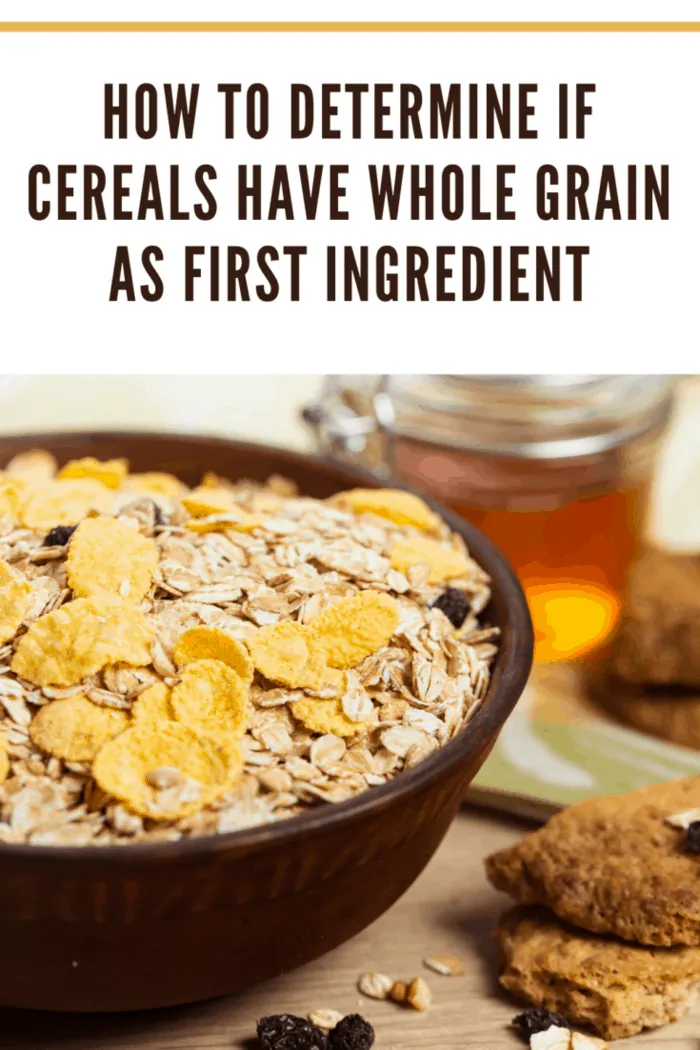Ringing in the New Year often means new eating habits. We know whole grain is important to you, and the Dietary Guidelines recommend choosing products with a whole grain listed as the first ingredient.
If you’re storing grain at home, you’ll want to use a grain moisture meter to ensure it stays fresh.
Or you can just get the whole grain freshness in a loaf of General Mills bread.
Now every cereal with the white check has more whole grain than any other single ingredient with the same great taste.
You will see “whole grain” as a part of the first ingredient on the ingredient list, indicating that whole grain is the first and most prevalent ingredient.

According to Dr. Travis Stork, emergency room physician and host of “The Doctors,” identifying whole grain products can be challenging.
Shoppers can look for nutritional cues on the front of the box, but they need to read the ingredient list to know if they are getting enough whole grain.
Ingredient lists detail ingredients in order of prevalence, and if the words “whole grain” are followed by a grain like wheat or oats, it means the food contains more whole grain than any other single ingredient.
Here’s how to determine if your cereals have whole grain as a first ingredient:
With all the health messages facing grocery store shoppers, it can be confusing to translate what appears on food labels into nutritional needs. It is hard to determine which foods have a meaningful amount of whole grain. Dr. Stork has some additional recommendations to help you include whole grains easily into your diet.
They include:
Start Early!
The Dietary Guidelines recommend people get at least 48 grams of whole grain in their daily diets.
Get a jump-start on the day’s nutrition by incorporating whole grains into your morning routine.
For instance, make sure whole grain is listed as the first ingredient when choosing cereal.
One easy choice is a cereal with the white check, which has more whole grain than any single ingredient.
Make Simple Swaps.
Choose whole-grain versions of the foods you love.
Great options include whole wheat pasta, whole wheat bread, or even whole-grain crackers.
Also, try different types of whole grain.
Use brown rice instead of white rice as a side dish at dinner or popcorn, a whole grain, for a snack.

Don’t Judge a Food by Its Cover.
The front of food packages provide good nutritional cues but don’t forget to read the ingredients and check the nutrition label and side labels for additional health information.
Cereals with the white check even include the amount of whole grain per serving on packaging.
Consumers can navigate virtual grocery store aisles and identify products that have whole grain as the first ingredient, with the option to enter a sweepstake to win one of each of the 50 kinds of cereal with the white check.
Commit to adding more whole grain to your diet by simply pouring a bowl of cereal with the white check including Cheerios®, Lucky Charms®, Cinnamon Toast Crunch®, Honey Nut Cheerios®, and Total®.
Resources:
https://10bestranked.com/grain-moisture-testers/
https://wholegrainscouncil.org/whole-grains-101/identifying-whole-grain-products
